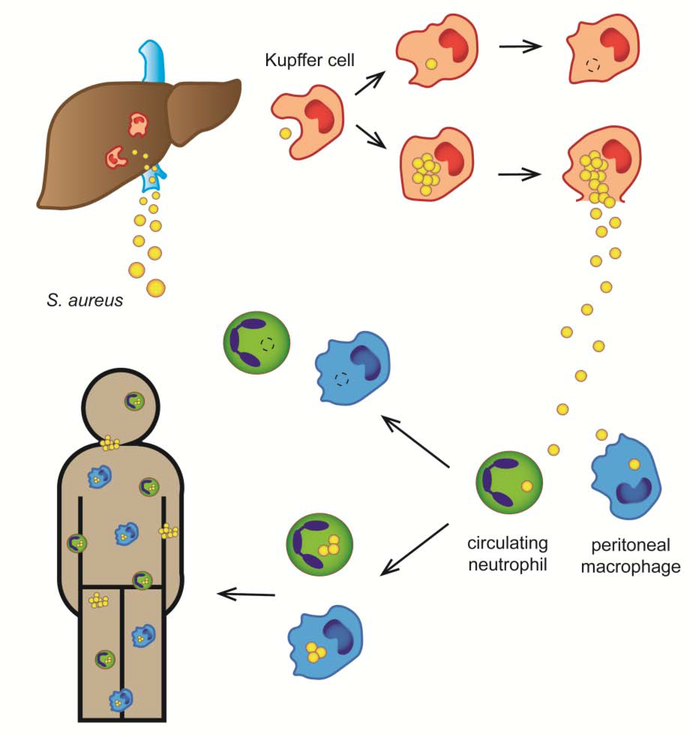Figure 1. The role of the immune system in clearance and systemic spread of S. aureus in the bloodstream.
S. aureus is initially cleared from the bloodstream by Kupffer cells (liver macrophages). While Kupffer cells can kill the majority of phagocytosed bacteria, a small fraction of S. aureus survives and proliferates intracellularly, eventually killing the cells and being released back into the bloodstream and peritoneum. Subsequently, S. aureus is phagocytosed by neutrophils in liver circulation and by peritoneal macrophages. If these host cells fail to kill bacteria, they turn into “Trojan Horses”, carrying intracellular S. aureus throughout the body and causing a disseminated infection.

